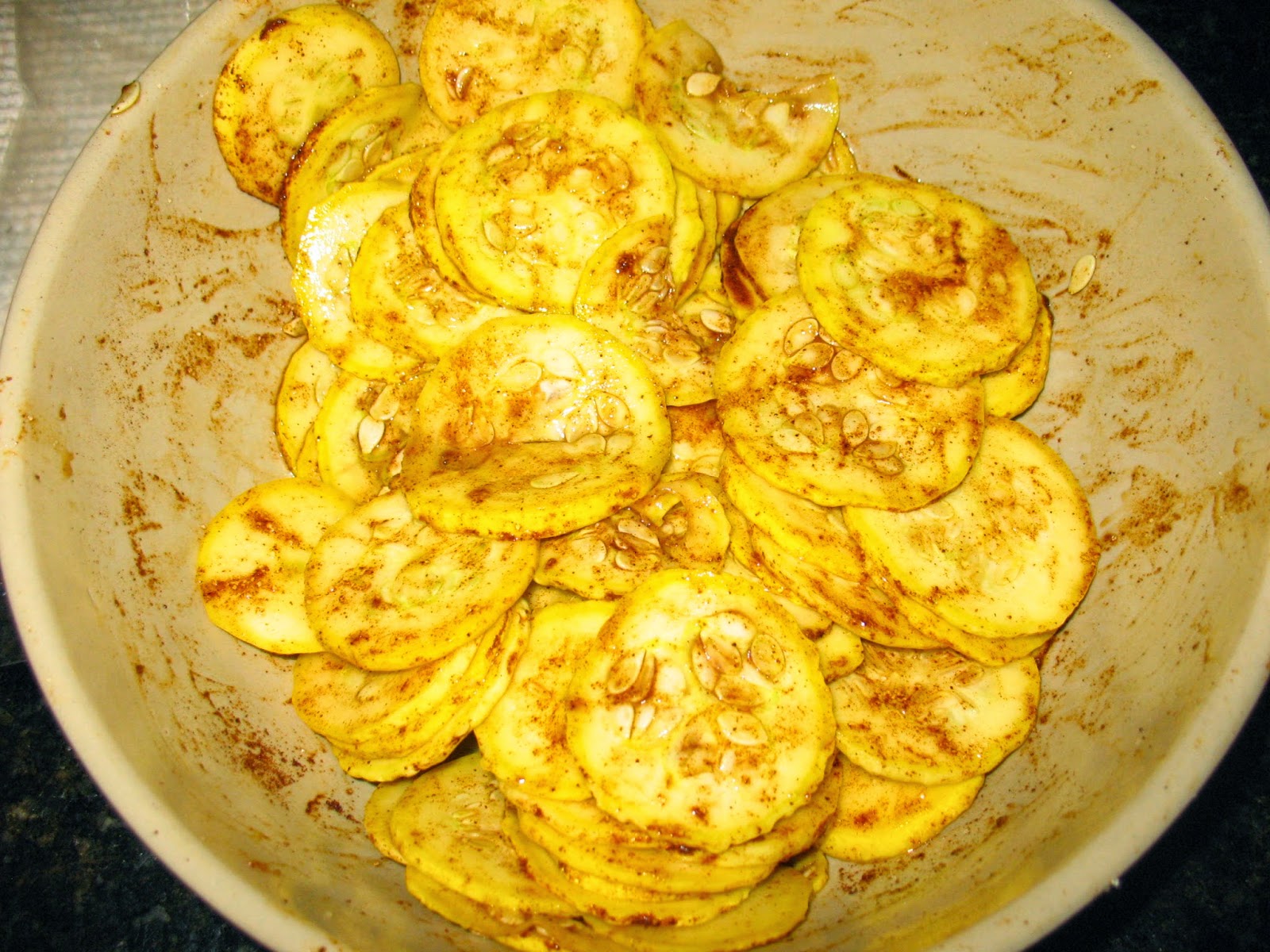Sweet potatoes were developed several thousand years ago by
Native-American tribes in Central America. Sweet potatoes are only very distantly
related to “Irish” potatoes. Sweet
potatoes require a long growing season, warm temperatures, plenty of rainfall,
and light soil. They grow best in sandy,
acidic soils. They do not tolerate a
frost. In the tropics, sweet potatoes
are a perennial plant that can be harvested as needed. In temperate regions sweet potatoes are planted
as an annual. They will store for
several months after harvest. Sweet
potatoes grow best when average temperatures are 75 degrees F or higher, and
they require around 120 days to reach maturity.
The sweet potato puts out very long vines, 15 feet or more, so they
require a lot of room in the garden.
Sweet potatoes have few natural enemies, and they can be grown without
much in the way of fertilizers although a light dressing of 10-20-10 will help
improve their production.
Unlike Irish potatoes, which are traditionally planted from
seed potatoes, sweet potatoes are usually planted from slips. The slips are small leafy shoots that grow
out of mature sweet potatoes, and there are a number of different methods for
growing slips. The method that I am outlining
here is the one that I consider to be the simplest. It requires very little space and no special
equipment.
First you will need two or three mature sweet potatoes to
grow your slips from. You can beg,
borrow, or buy these potatoes from someone who already grows their own; or you
can buy them at the grocery store. Some
store potatoes are treated with a sprouting inhibitor, but this only “inhibits”
sprouting, it doesn’t stop it. The sweet
potatoes shown below were purchased from a local grocery store, and they
sprouted without any problem.
Growing the slips takes a pretty long time, so you will want
to start your slips about ten weeks before you plan on putting them in the
ground. In my area, slips are put in the
ground from around mid-May to the first part of June. Backing up 10 weeks from this date, I usually
start growing slips around the first of March.
Growing the slips is simplicity itself. Just take a wide mouth glass jar that your
sweet potato will fit down into. Hold
your sweet potato upright and stick four, evenly spaced, tooth picks about
half-way up the potato, and set the potato into the jar. The toothpicks will support the potato so
that it doesn’t rest on the bottom of the jar.
Now fill the jar with water to about a ¼ inch from the top. You should now have the bottom half of your
potato submerged in the water and the top half sticking up out of the jar. Set the jar in a sunny window and wait.
And wait……and wait……..
You will be convinced that this is not going to work; you will be
tempted to throw everything into the trash and forget it, but be patient. During this waiting time the water in your
jar will probably start to turn green.
When it does, empty the water out and refill the jar with fresh
water. By the way, I have a water well;
so my water doesn’t have any chemicals in it.
I don’t know if treated, city water might affect the slip growing
process. If you are using city water you
might need to run a bucket full and let it sit for a few days before using it
on your slips; or you could catch rain water to use.
So, back to the process.
After two or three weeks you will begin to see little white spindly
roots growing out of the underwater portion of the potato. The roots pictured below are already well established.
A few days later you will notice small purple
buds appearing on the un-submerged part of the potato. Your slips are about to take off.
As the slips and roots begin to grow they will start
drinking up the water in your jars. You
will probably not have the water-turning-green problem anymore, but you will
have to check your jars daily and keep them topped up with water. You don’t need to add any fertilizer or plant
food to the water. The slips are feeding
off of the nutrients stored in the mother potato.
When the slips are four to six inches tall and have several
leaves growing on them, you can begin to harvest the slips. Just break a slip off right up next to the
mother potato and then place the slips in another jar that has a couple of
inches of water in the bottom. In this
jar the slips will begin to sprout their own roots.
You will get many slips from one mother potato over an
extended period of time. When I have fifteen
or so slips in the rooting jar, I start putting them in the ground.
The mother potatoes will continue to produce
slips, and you can continue rooting and planting them. As long as you still have 120 days to the
first frost, any slips that you plant will grow to maturity and produce
potatoes. The slips pictured below have been in the ground for a little less than two weeks. They are well established and ready to grow into good sweet potatoes.




















